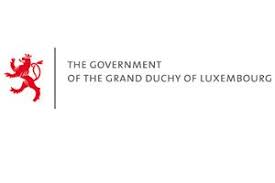impacts. Social or economic costs refer to the total costs to society of an economic activity and the benefits refer to the total increase in the welfare of society from an economic action. Environmental impact refers to considering the effect of investment projects on, for example, air and water quality; while the health considerations can include analysis of the impact of major investment projects on, for example, workplace or poor housing conditions.
11.1:4. Economic analysis frequently involves the application of specific techniques such as cost–benefit analysis, cost-effectiveness analysis, and multicriteria analysis. Cost-benefit analysis, which is often used in performing economic analysis, seeks to quantify in monetary terms as many of the costs and benefits of a project proposal as feasible, including items for which the market does not provide a satisfactory measure of economic value. Cost-effectiveness analysis compares alternative approaches that have different impacts and calculates cost-effectiveness ratios.
11.1:5. The economic analyses used to inform decisions on project proposals should be current enough to be meaningful. Outdated analyses, such as those for which market conditions have shifted
onsiderably, are not likely to form a useful base for decision making.
11.1:6. An approved set of national guidelines for carrying out economic analyses helps ensure that a standard methodology for the project appraisal process is in place and is used systematically across major investment projects. The guidelines should also include a requirement for the results of the appraisal process for major investment projects to be published.
11.1:7. To ensure objectivity, the appraisal should be reviewed by an entity other than the sponsoring entity. Typically, major investment projects would also be reviewed by the Ministry of Finance to check the robustness of the economic analysis and the affordability of the proposal.
11.1:8. For countries to score A or B on this dimension the results of economic analyses of major investment projects, or at least a summary of key findings, need to be published. The definition of published includes users’ awareness of the documents’ availability and how they can access them, as presented in section 2.1.8. of the Fieldguide.
Dimension 11.1. Timing, coverage and data requirements
| Time period | Coverage | Data requirements/calculation | Data sources |
|---|---|---|---|
| Last completed fiscal year. | CG. |
|
|
PEFA Handbook Volume 1: The PEFA Assessment Process – Planning, Managing and Using PEFA





